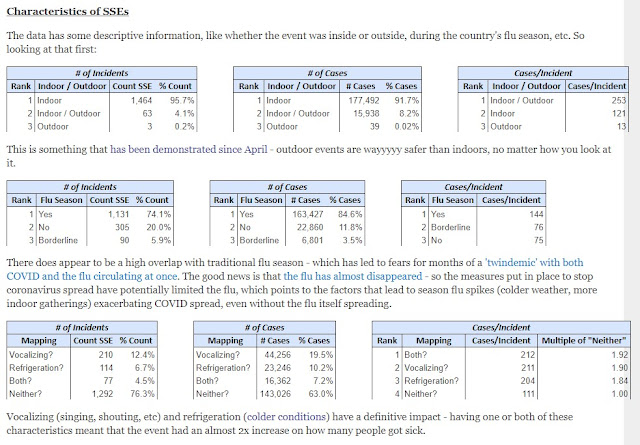Database with Canadian Covid Deaths

Independent researcher Nora Loreto maintains a comprehensive database of Covid deaths in Canada. There are three sheets: Deaths in residential care facilities, deaths in workplace outbreaks, deaths among health workers: One striking claim is that by early May at least six and possibly up to ten of about 700 taxi / limo drivers working out of Toronto Pearson airport had already died after testing positive for Covid. While it is not clear how many of them picked up the virus while on the job, this would be a strikingly high infection fatality rate, even if we were to assume that infection rates among drivers are much higher than in the general population. Data from the Office for National Statistics for Wales and England confirms that taxi drivers are in one of the highest risk categories: Road transport drivers, including taxi and cab drivers and chauffeurs, had some of the highest rates of death involving COVID-19 for men Of the remaining major occupational groups wi...




